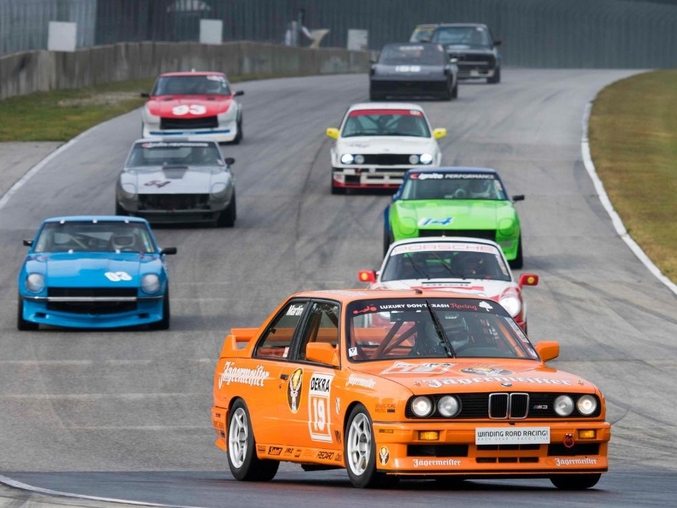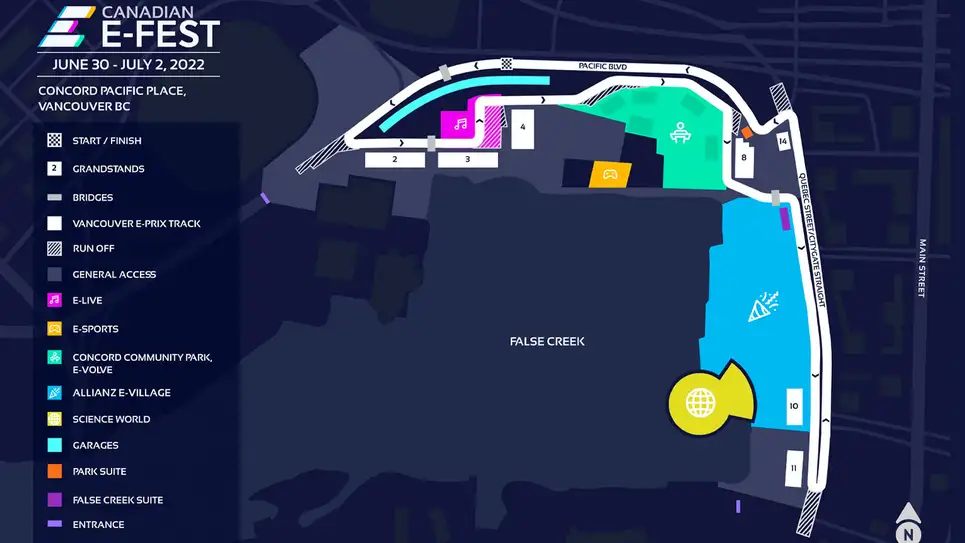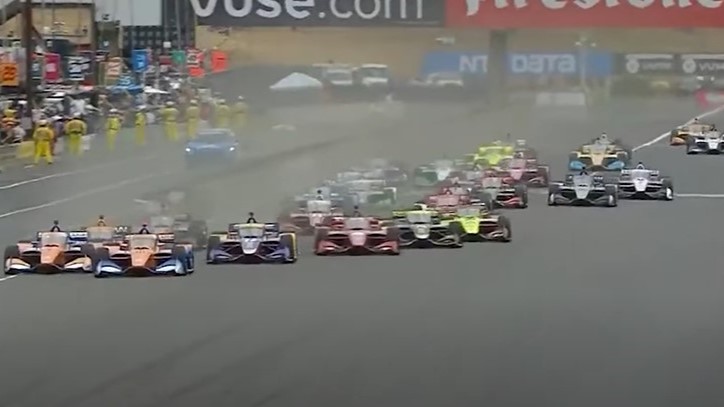Top Racing
The Vancouver Formula E Debacle
This is a spectacular case of how not to promote a much-anticipate race. After just finishing it's 8 season of around-the-world racing, Formula E has endured multiple debacles throughout it's growing phase (Miami, Montreal, & London to name a few), so it's not entirely surprising the young Series fell victim again to over-promises and under-deliveries.
The Start: Ten Seconds That Can Make… Or Break Your Race
The old saying goes, “No race has ever been won in the first corner, but many have been lost there." Well if that’s true, then why do so many drivers go for it at the start?





























